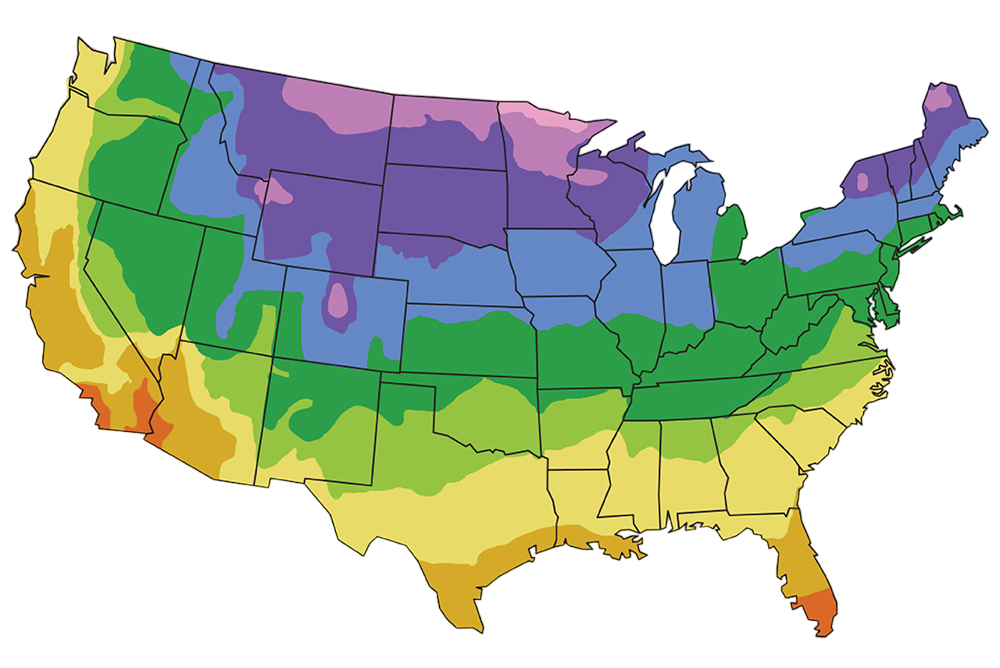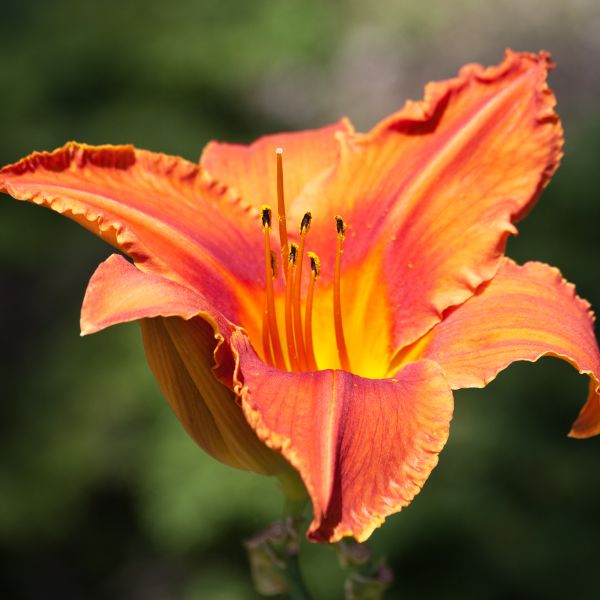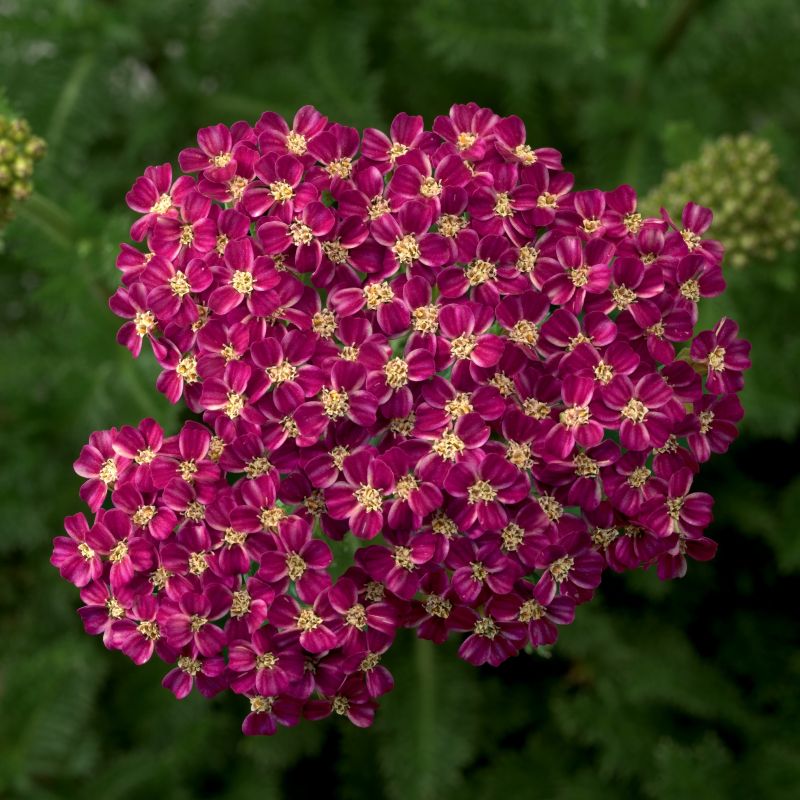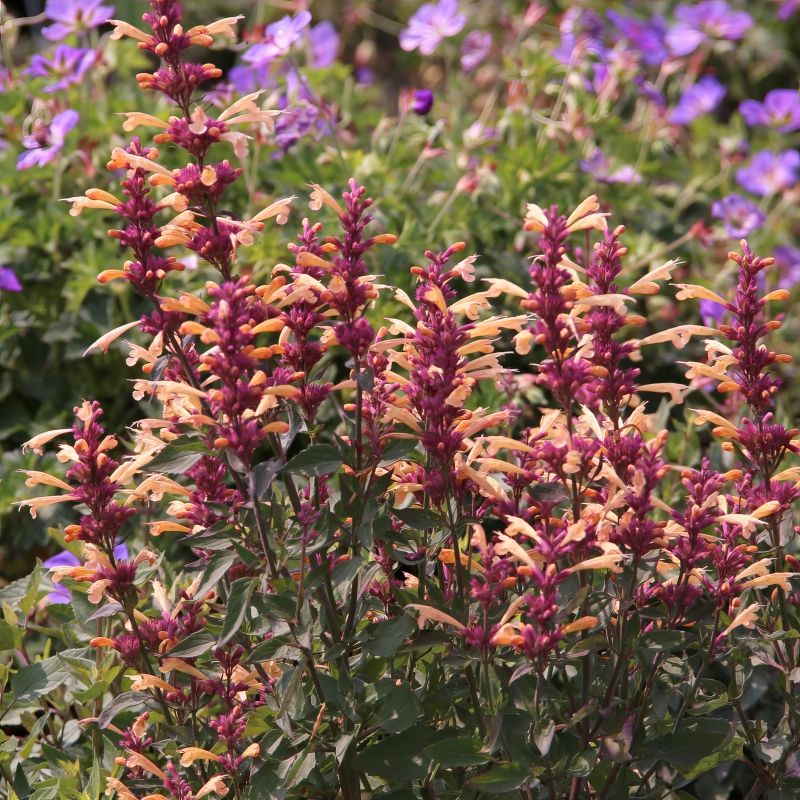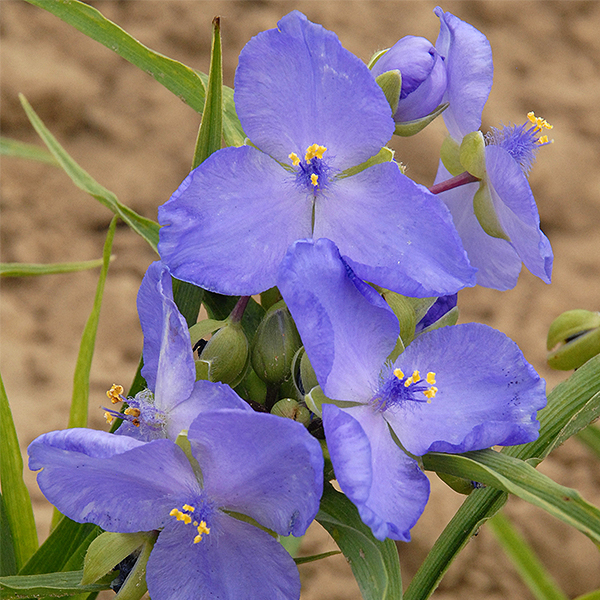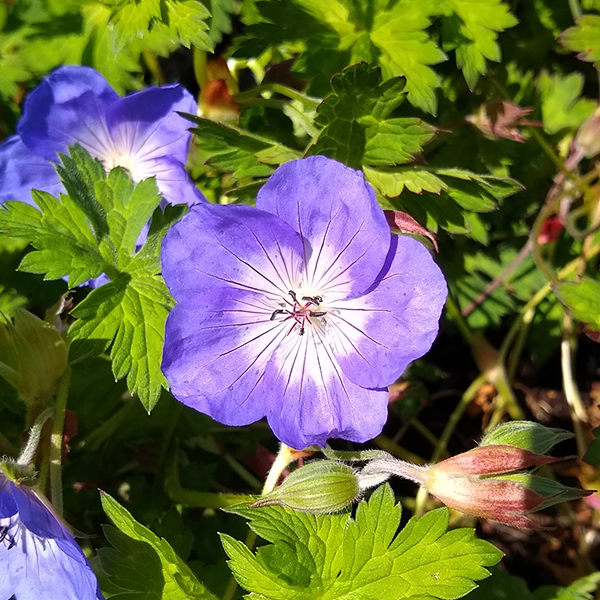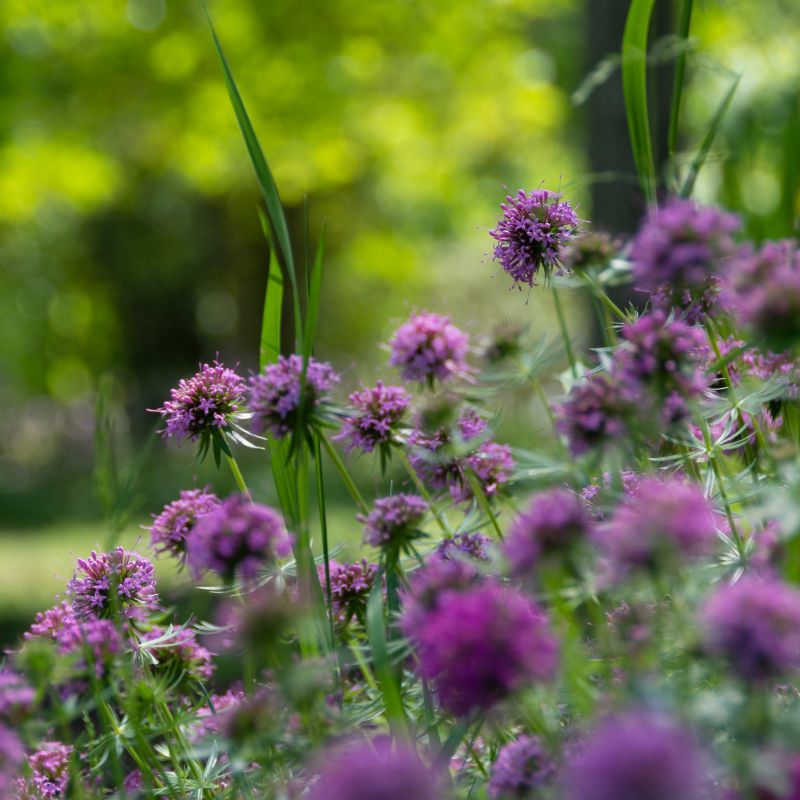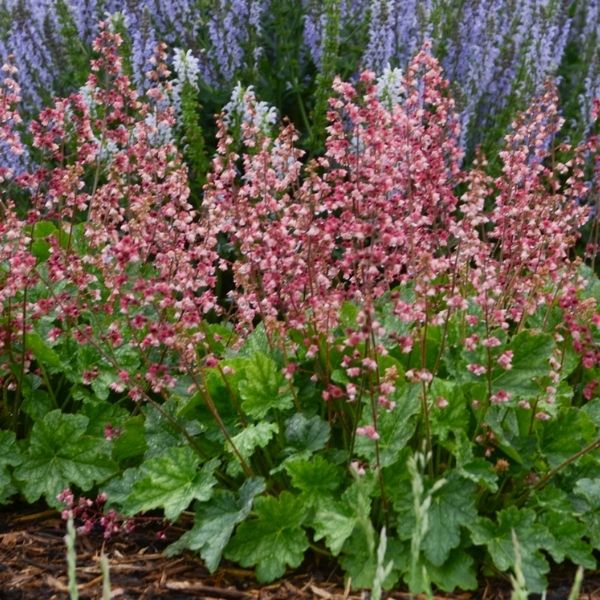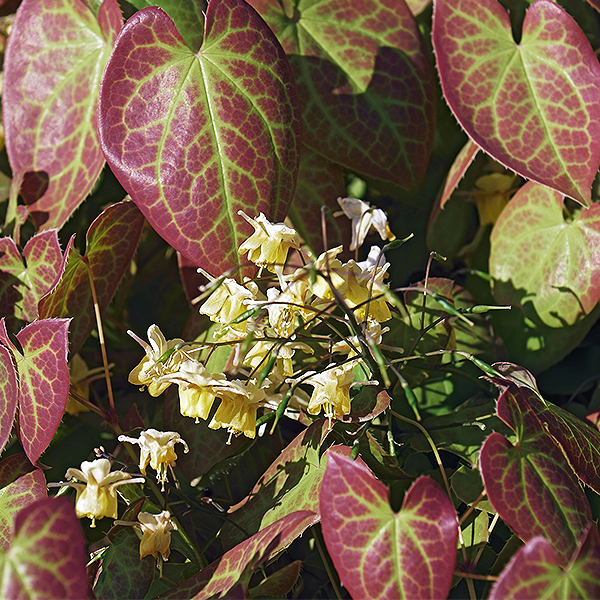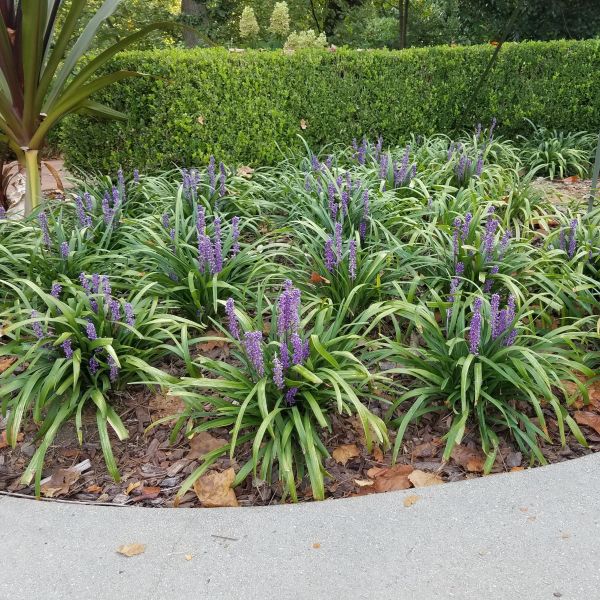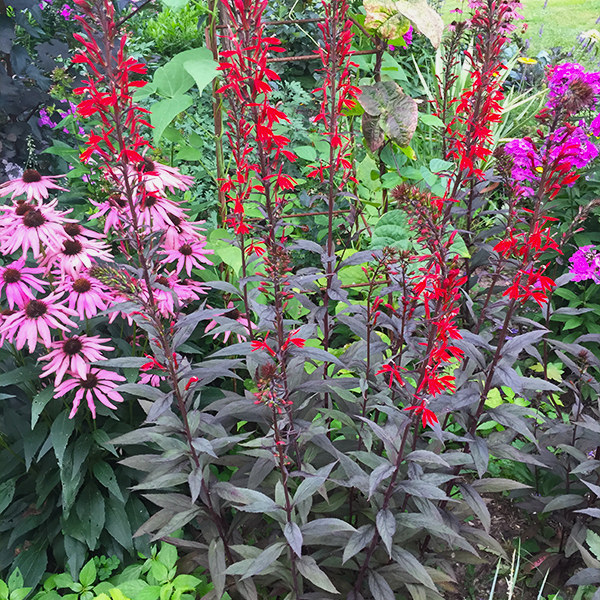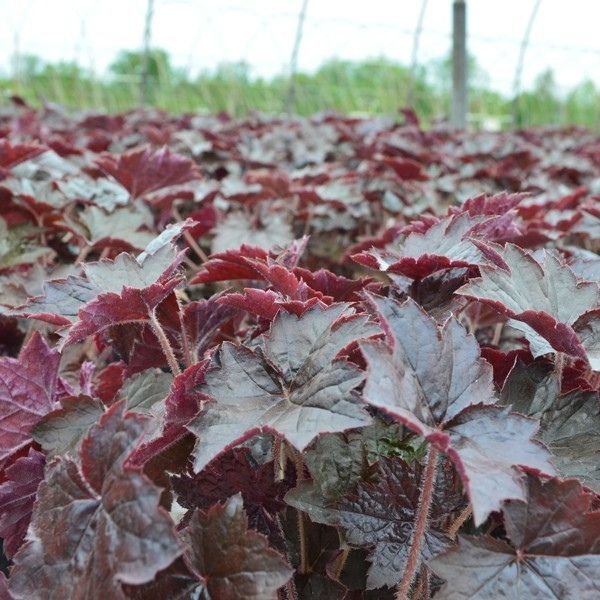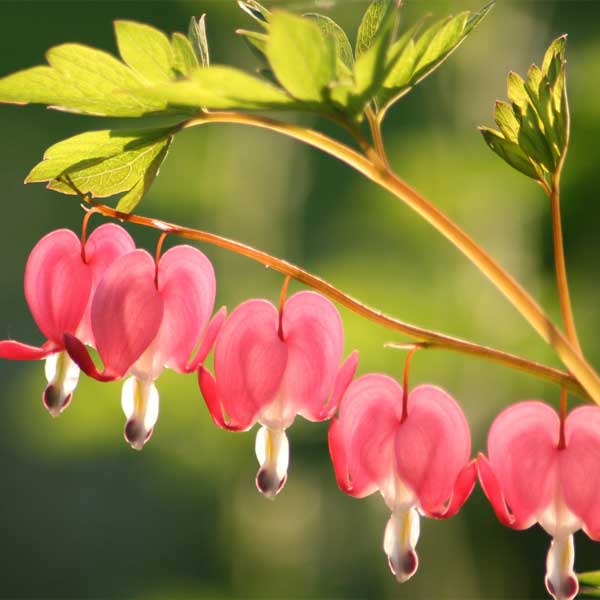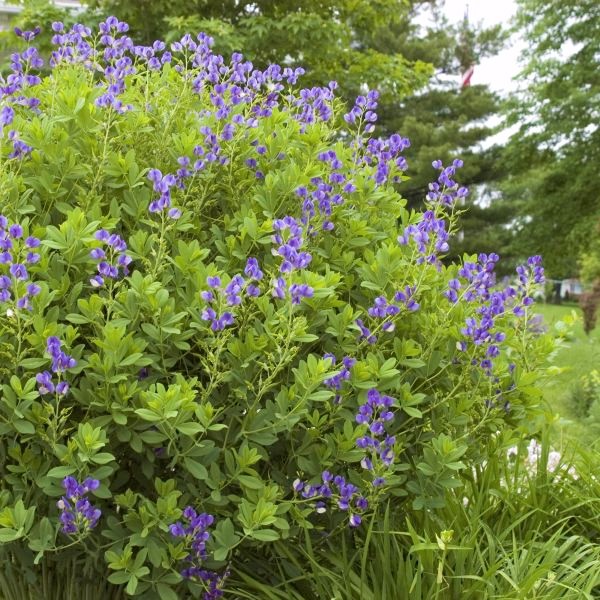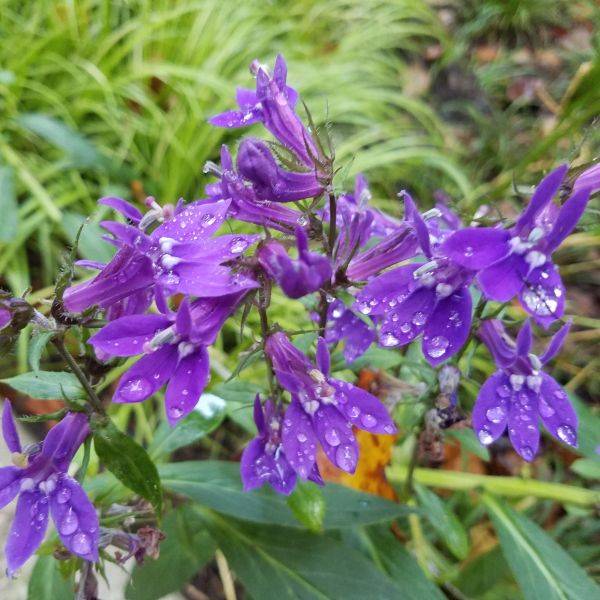
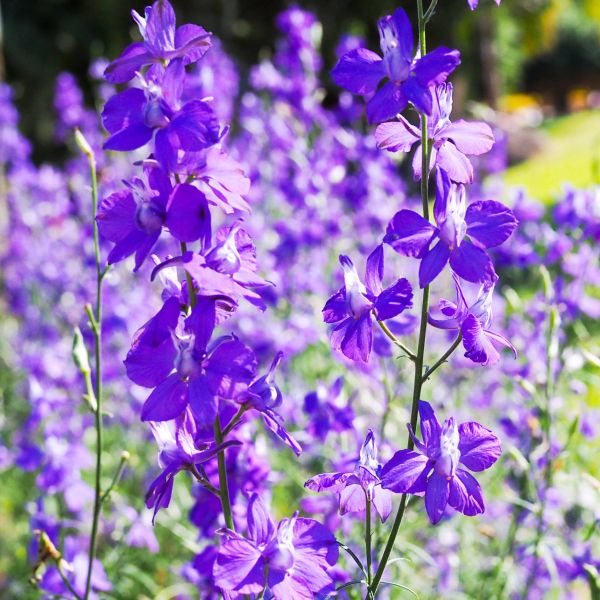
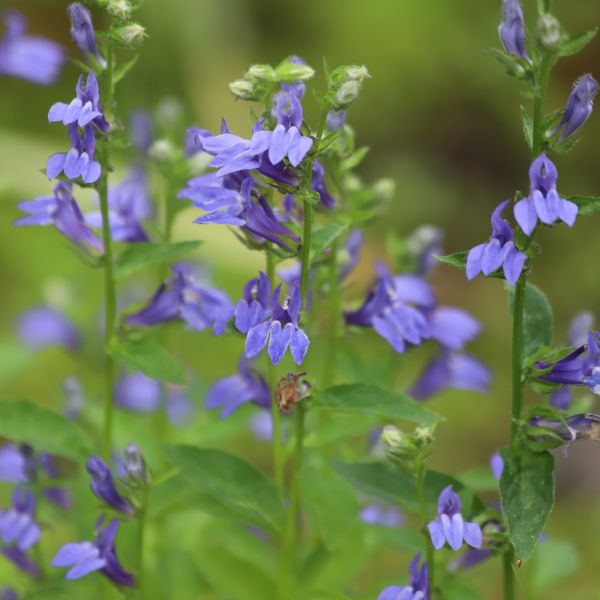
Great Blue Lobelia
Lobelia siphilitica
11 reviews
Great Blue Lobelia
Lobelia siphilitica
11 reviews
- Attracts butterflies and hummingbirds
- Tolerant of wet and shady conditions
- Beautiful blue flowers add color to garden borders
- Recommended by landscape designers for optimal fit in real yards
$32.00
$46.00
30% Off
- Ships to 43215 in 3 to 7 days
- Free Shipping Over $150
- Plant Arrival Guarantee
- In Stock
- Free Plant Consult
$200 - Landscape-Approved: Every Plant We Sell Comes With Design Expertise Behind It
- Premium 1 Gallon
- 1 Gallon
Not just beautiful - intentionally selected by ShrubHub's 3D landscape design team to fit real-world spaces and maximize yard potential.
Why Great Blue Lobelia?
Great Blue Lobelia, a native perennial wildflower, thrives in moist meadows and along streams and ponds in North America. Known for its striking blue flowers and tubular shape, it provides nectar for hummingbirds and butterflies. The plant also has a long history of medicinal use by Native American tribes. However, caution is advised as certain compounds in the plant can be toxic if consumed in large quantities.
People who loved this plant also bought
Sunlight
Great Blue Lobelia thrives in partial to full sunlight conditions. It should receive at least 6 hours of direct sunlight each day to promote healthy growth and blooming. In hotter climates, it may benefit from some afternoon shade to prevent leaf scorch.
Watering
Great Blue Lobelia prefers consistently moist soil, but can tolerate brief periods of dryness. It benefits from regular watering, especially during periods of prolonged heat or drought. It is important to avoid overwatering, as this can lead to root rot.
Fertilizing
Great Blue Lobelia thrives in nutrient-rich, moist soil. It benefits from a balanced fertilizer, such as a 10-10-10 NPK formula, applied in the spring and summer growing seasons. Avoid excessive fertilization, as this can lead to overly lush growth and pot
Great Blue Lobelia (Lobelia siphilitica)
The Great Blue Lobelia, or Lobelia siphilitica, is a stunning native perennial plant that thrives in moist woodland areas and along stream banks. This plant features vibrant blue flowers that bloom on tall spikes from midsummer to early fall, attracting bees, butterflies, and hummingbirds to your garden.
The Great Blue Lobelia can reach a height of 2-3 feet and prefers partial shade to full sun. It is easy to grow and requires consistently moist soil to thrive. This plant is deer resistant and low maintenance, making it a great choice for beginner and experienced gardeners alike.
Whether planted in a woodland garden, rain garden, or mixed border, the Great Blue Lobelia adds a pop of color and vertical interest to any landscape. Consider pairing it with other native plants for a naturalistic look, or plant it in mass for a dramatic display of blue flowers.
Experience the beauty and benefits of the Great Blue Lobelia in your garden today!
Plant Information:
| Botanical Name: | Lobelia siphilitica |
| USDA Zones: | 4 - 9 |
| Water: | Moderate to High - Tolerates Wet Soil |
| Exposure: | Full Sun |
| Soil Needs: | Adaptable |
| Mature Height: | 2 - 3 feet |
| Mature Spread: | 18 - 24 inches |
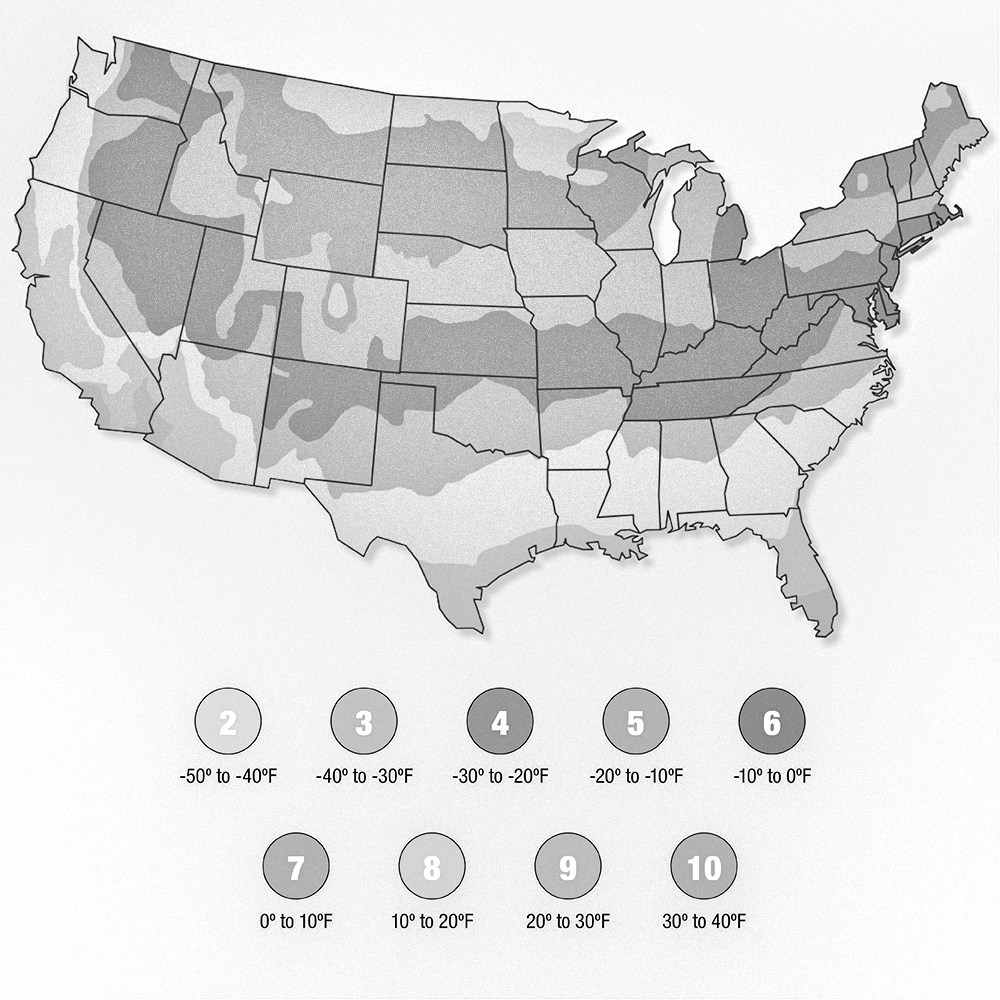
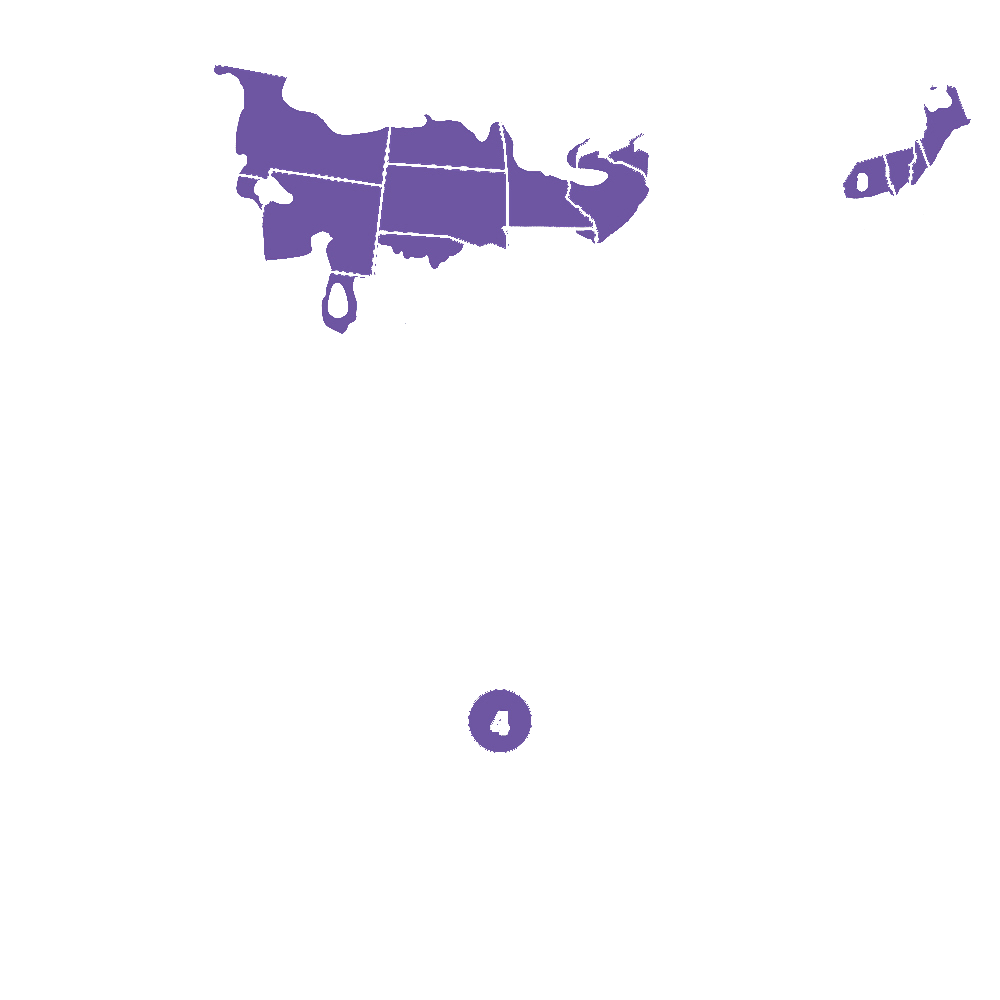
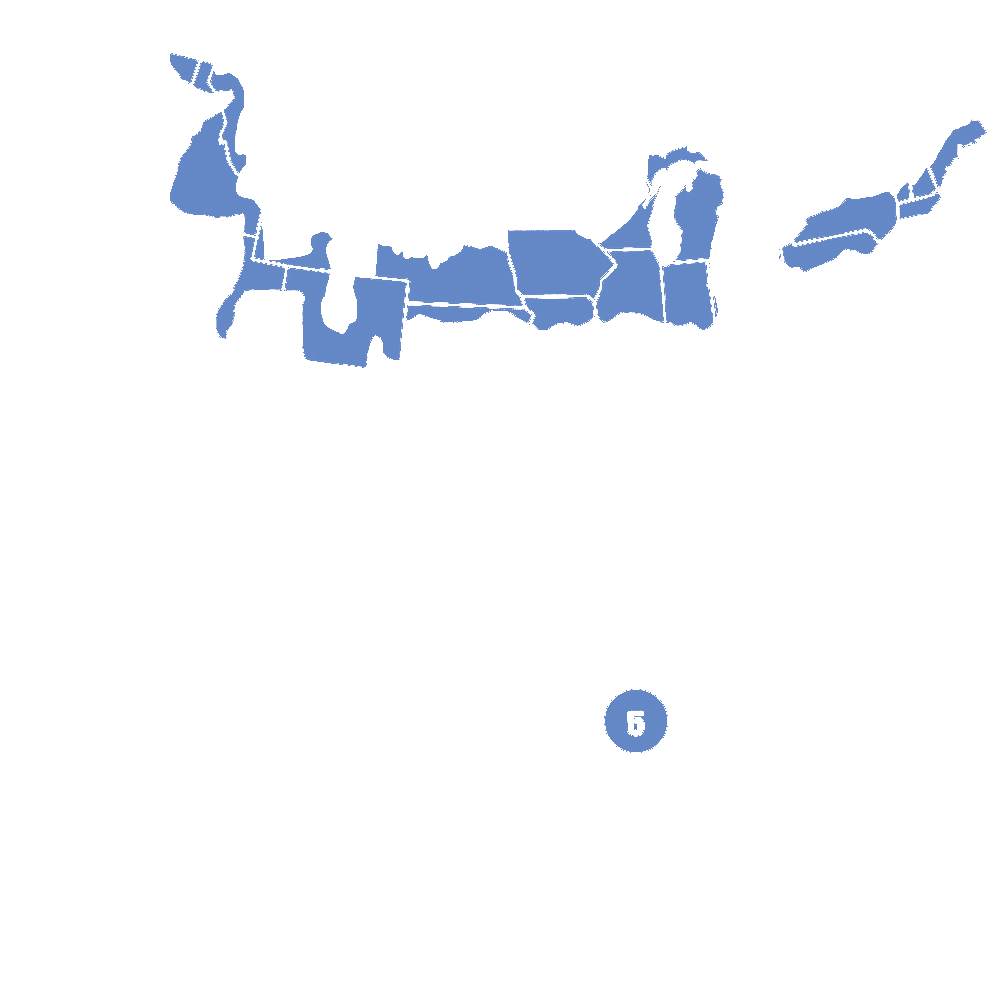
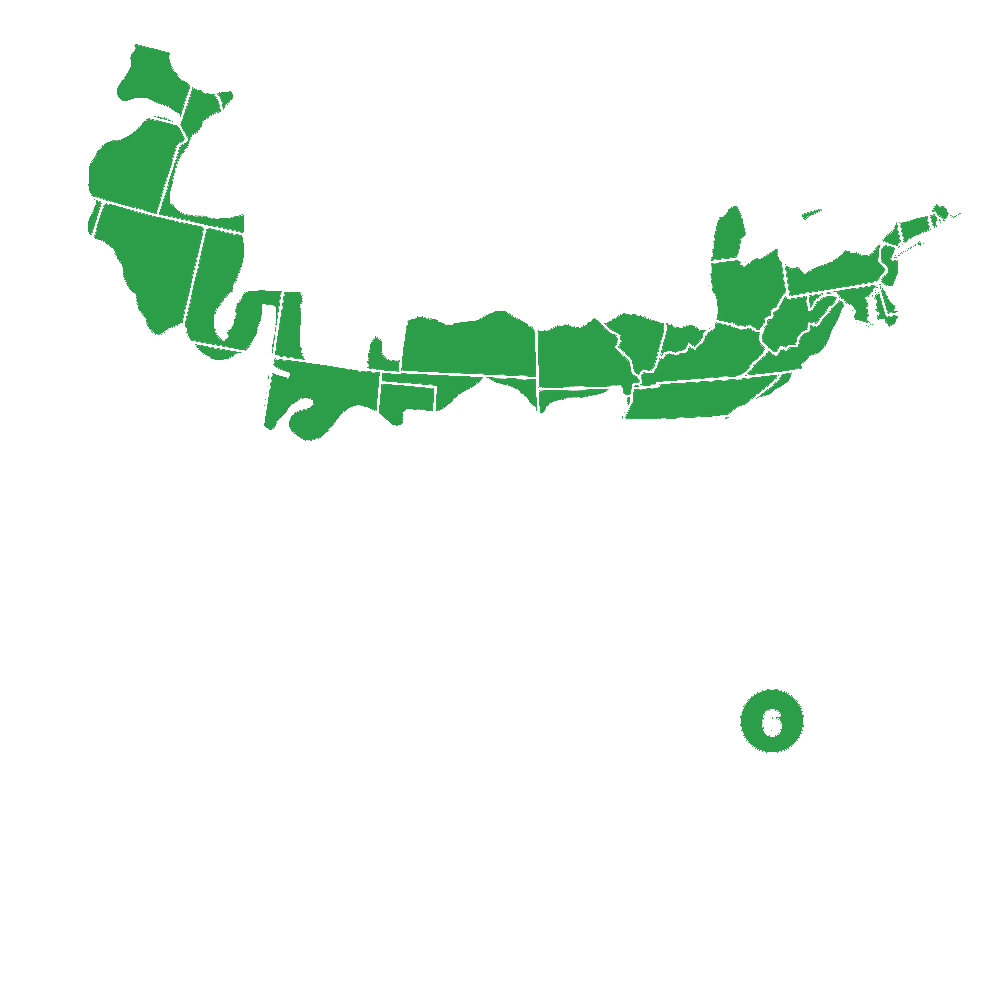
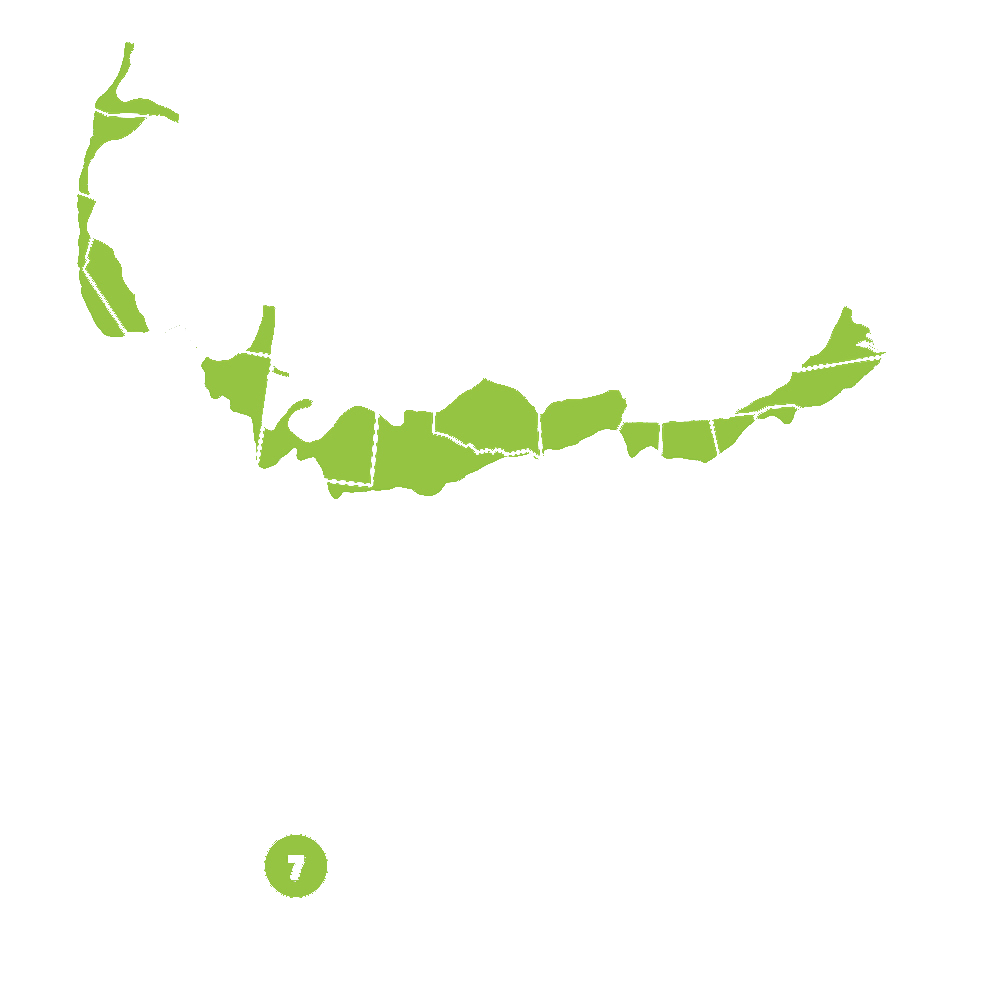

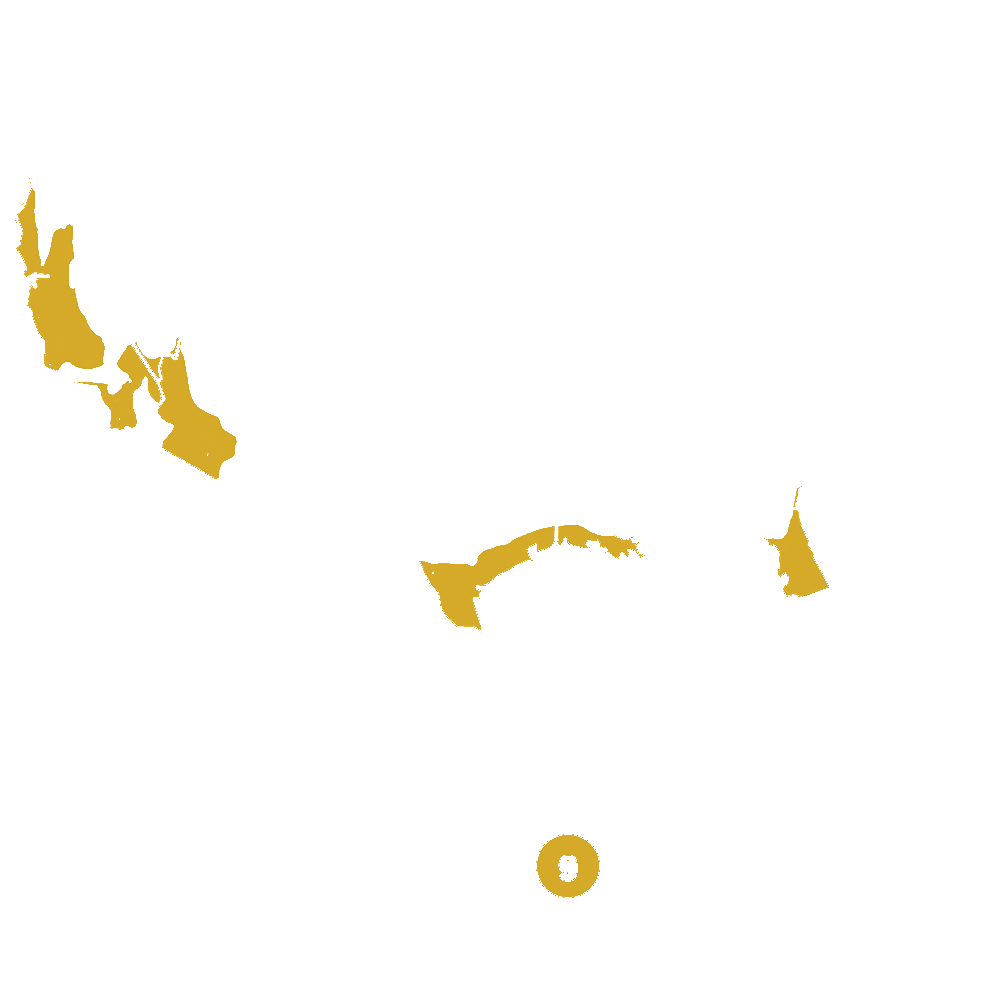
Pollination Info
Pollination Info for Great Blue Lobelia (Lobelia siphilitica)
The Great Blue Lobelia is a native North American perennial that is known for its striking blue flowers. This plant is primarily pollinated by bees, especially bumblebees and solitary bees. The tubular shape of the flowers makes it easier for bees to access the nectar and pollen within.
Hummingbirds are also attracted to the bright blue flowers of the Great Blue Lobelia and play a role in pollination as well. As they hover near the flowers to feed on nectar, they inadvertently transfer pollen from one flower to another.
The reproductive organs of the Great Blue Lobelia are well-positioned within the flower to facilitate pollination. The anthers, which contain the pollen, are located near the entrance to the flower, making it easy for visiting pollinators to brush against them and pick up pollen. The stigma, which receives the pollen for fertilization, is positioned in a way that ensures contact with pollen as the pollinator feeds on nectar.
In addition to bees and hummingbirds, other insects such as butterflies and moths may also visit Great Blue Lobelia flowers for nectar, inadvertently aiding in pollination. Overall, the Great Blue Lobelia relies on a variety of pollinators to ensure successful reproduction and seed production.
FAQ
Great Blue Lobelia (Lobelia siphilitica) FAQ:
Q: What is Great Blue Lobelia?
A: Great Blue Lobelia, also known as Lobelia siphilitica, is a perennial plant native to North America. It is known for its vibrant blue flowers that bloom in late summer to early fall.
Q: How tall does Great Blue Lobelia grow?
A: Great Blue Lobelia typically grows to a height of 2 to 3 feet.
Q: Where should I plant Great Blue Lobelia?
A: Great Blue Lobelia thrives in moist, well-drained soil and partial to full shade. It is commonly found in wetlands, meadows, and along stream banks.
Q: How do I care for Great Blue Lobelia?
A: Great Blue Lobelia requires regular watering, especially during dry periods. Deadheading faded blooms can help promote continuous flowering. It is also important to divide the plant every 2 to 3 years to maintain its vigor.
Q: Is Great Blue Lobelia deer resistant?
A: Yes, Great Blue Lobelia is considered to be deer resistant, making it a great choice for gardens in deer-prone areas.
Q: Can Great Blue Lobelia be grown in containers?
A: Great Blue Lobelia can be grown in containers, as long as the container has good drainage and the plant receives sufficient water and sunlight.
Q: Are there any pests or diseases that affect Great Blue Lobelia?
A: Great Blue Lobelia is generally disease and pest resistant. However, aphids and slugs may occasionally feed on the plant, so it is important to monitor for any signs of infestation.
Q: When is the best time to plant Great Blue Lobelia?
A: The best time to plant Great Blue Lobelia is in the spring, after the last frost has passed. This will allow the plant to establish itself before the heat of summer.
Q: Does Great Blue Lobelia attract pollinators?
A: Yes, Great Blue Lobelia is a favorite among pollinators such as butterflies and bees, making it a valuable addition to pollinator gardens.
Planting & Care
Planting and Care for Great Blue Lobelia (Lobelia siphilitica)
Great Blue Lobelia is a beautiful flowering plant that is native to North America. Here are some tips on how to plant and care for this lovely perennial:
Planting:
- Plant in full to partial shade in moist, well-drained soil.
- Dig a hole twice as wide as the root ball and plant at the same depth as it was in the container.
- Water thoroughly after planting to help establish the plant.
Care:
- Keep the soil consistently moist, especially during hot, dry weather.
- Apply a layer of mulch around the plant to help retain moisture and suppress weeds.
- Deadhead spent flowers to encourage continuous blooming.
- Fertilize in the spring with a balanced, slow-release fertilizer.
- Divide clumps every 3-4 years to maintain plant health and vigor.
- Protect from slugs and snails, which may feed on the foliage.
With proper planting and care, Great Blue Lobelia will reward you with beautiful blue flower spikes that attract butterflies and hummingbirds to your garden!
Check Out These Verified Customer Reviews:
Customer Reviews
4.6 out of 5 based on 11 reviews
Thank you! Your review has been submitted.
The website was easy to navigate and I found exactly what I was looking for. Great Blue Lobelia exceeded my expectations.
I am extremely satisfied with my purchase of Great Blue Lobelia. It has brought so much beauty to my garden.
I ordered the Great Blue Lobelia and was pleased with the healthy plant I received. While it took a bit longer to ship than expected, customer service was helpful in providing updates. Overall, a great purchase.
Item has been added to your cart.

